Campus
- Downtown Toronto (St. George)
Fields of Study
- Biological Chemistry
- Inorganic Chemistry
- Organic Chemistry
- Polymer and Material Chemistry
Areas of Interest
Transition metal compounds, due to their rich redox and coordination chemistry, exhibit fascinating reactivity. Nature uses transition metals in many metalloenzymes such as oxygenase, hydrogenase, nitrogenase. Metalloenzymes usually have much higher activity and specificity than the best synthetic catalyst for the same task. Many metalloenzymes have multiple metal ions at their active site and/or cofactors associated with them. When a multi-electron redox process is involved in an enzymatic process, a metal cluster is often in presence in the charge transfer step. Furthermore, the amino acid residues around the active site often participate in the catalysis and play an important role by correctly positioning and orienting the substrate molecules through hydrogen bonding, by participating in proton and electron transfer pathway, or by providing a hydrophobic cavity.
Although the cooperative action between multi-components has proven crucial in enzymatic systems, it is underdeveloped in synthetic catalytic systems. Our research aims to take advantage of the cooperative effect of multi-components in synthetic catalytic systems. Our long-term plan is to study the influences of the following factors on the properties of multinuclear transition metal compounds: the combination of different metal centers, the oxidation states of metal centers, the relative positions of multiple metal centers, the electronegativities of the donor atoms, the charge on the surrounding ligands, and the steric effect of the surrounding ligands. Information obtained from this research will lead to the rational design of highly efficient catalytic systems.


